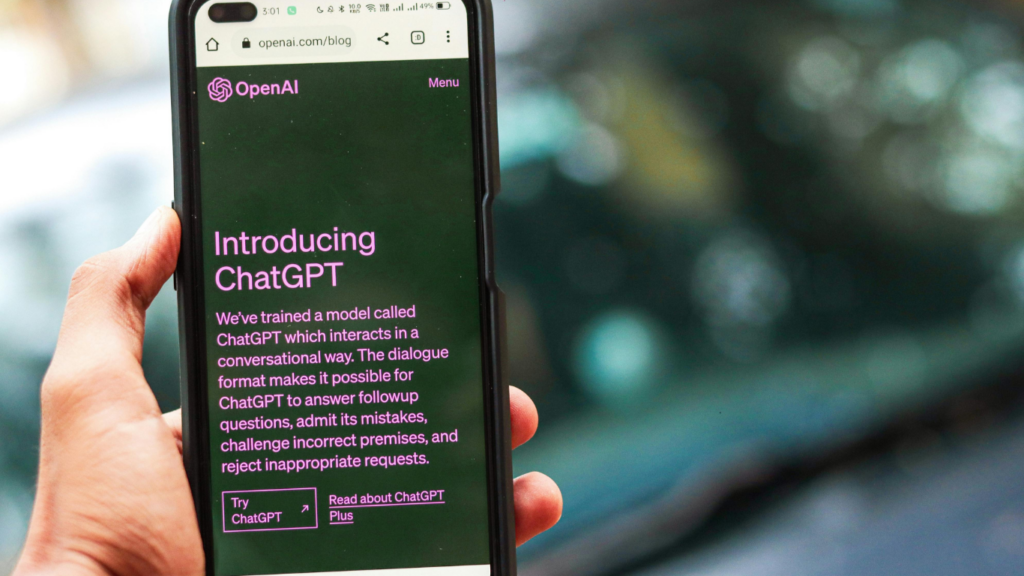In today’s tech-driven world, parents face a tough challenge: balancing their children’s online safety with their privacy. Digital monitoring apps promise peace of mind, allowing us to keep tabs on what our kids are doing online.
But do these tools genuinely protect our children, or do they cross a line into invasion of privacy? I’ve seen the debate unfold among parents, educators, and child psychologists. Some argue that these apps are essential for safeguarding kids in a digital landscape filled with potential dangers.
Others raise concerns about trust and the impact on a child’s development. As we dive into this topic, I’ll explore the benefits and drawbacks of digital monitoring apps, helping you decide what’s right for your family.
Overview of Digital Monitoring Apps
Digital monitoring apps serve as tools for parents to oversee their children’s online activities. These apps provide features such as location tracking, screen time management, and internet usage monitoring. Examples of popular digital monitoring apps include Qustodio, Norton Family, and Bark.
These apps commonly include functionalities to filter inappropriate content and restrict access to certain websites. Location tracking capabilities enable parents to know their child’s whereabouts in real time.
Screen time management helps regulate device usage by setting limits or scheduling usage windows.
Benefits of Digital Monitoring Apps
Digital monitoring apps provide several advantages that can enhance children’s online experiences while promoting safety. Their features offer essential tools for parents to effectively oversee their kids’ digital interactions.
Enhanced Safety and Security
Enhanced safety and security are primary benefits of digital monitoring apps. These apps help protect children from potential online hazards, such as cyberbullying and inappropriate content.
By enabling content filters, I can ensure that harmful material remains blocked, reducing exposure to risks. Real-time location tracking allows me to monitor my child’s whereabouts, providing peace of mind whether they are at school or out with friends.
These safety measures can foster a more secure digital environment, giving both parents and kids the confidence to explore online.
Monitoring Online Activity
Monitoring online activity becomes manageable with digital apps at my disposal. I can observe which websites my child visits and the time they spend on various applications. Access to detailed reports and analytics helps me identify patterns in their behavior, allowing me to address any concerns that arise.
Setting screen time limits encourages healthier digital habits, promoting balance between online activities and offline engagements. This proactive approach enables me to guide my child’s online journey and ensure a safer, more enriching experience.
Concerns About Digital Monitoring Apps
Digital monitoring apps raise significant concerns for both parents and children. These apprehensions center around privacy issues and the potential ramifications of over-surveillance.
- Privacy Issues: Privacy concerns frequently arise when implementing digital monitoring apps. Many children view constant oversight as an invasion of their personal space. Research indicates that almost 80% of teens feel uncomfortable with their parents monitoring their online activities.
- Over-Surveillance and Trust: Over-surveillance presents another challenge, eroding trust between parents and children. Kids may perceive excessive monitoring as a lack of faith in their decision-making abilities. Studies show that overly intrusive supervision can hinder a child’s development.
Best Practices for Using Digital Monitoring Apps
Using digital monitoring apps effectively requires mindful strategies to maximize benefits while minimizing potential pitfalls. Establishing boundaries and fostering open communication play crucial roles in this process.
Setting Boundaries
Establish clear guidelines for app usage and monitoring frequency. Define what types of activities warrant oversight, such as specific apps or websites. Set limits on screen time and clarify what constitutes appropriate online behavior.
Make sure both parents and children understand these boundaries to promote a shared sense of responsibility regarding online safety. Use the app’s features actively, but avoid excessive interference. This balance helps create a secure environment while allowing children room to explore responsibly.
Open Communication with Kids
Foster an environment where kids feel comfortable discussing their online experiences. Regularly engage in conversations about internet safety and the reasons behind monitoring. Explain the app’s purpose as a protective tool rather than a spying mechanism.
Encourage children to voice their concerns and questions regarding monitoring. Building this trust leads to a healthier relationship and can reduce feelings of invasion. Involving kids in conversations about their digital lives enhances their understanding and supports responsible online behaviors.



